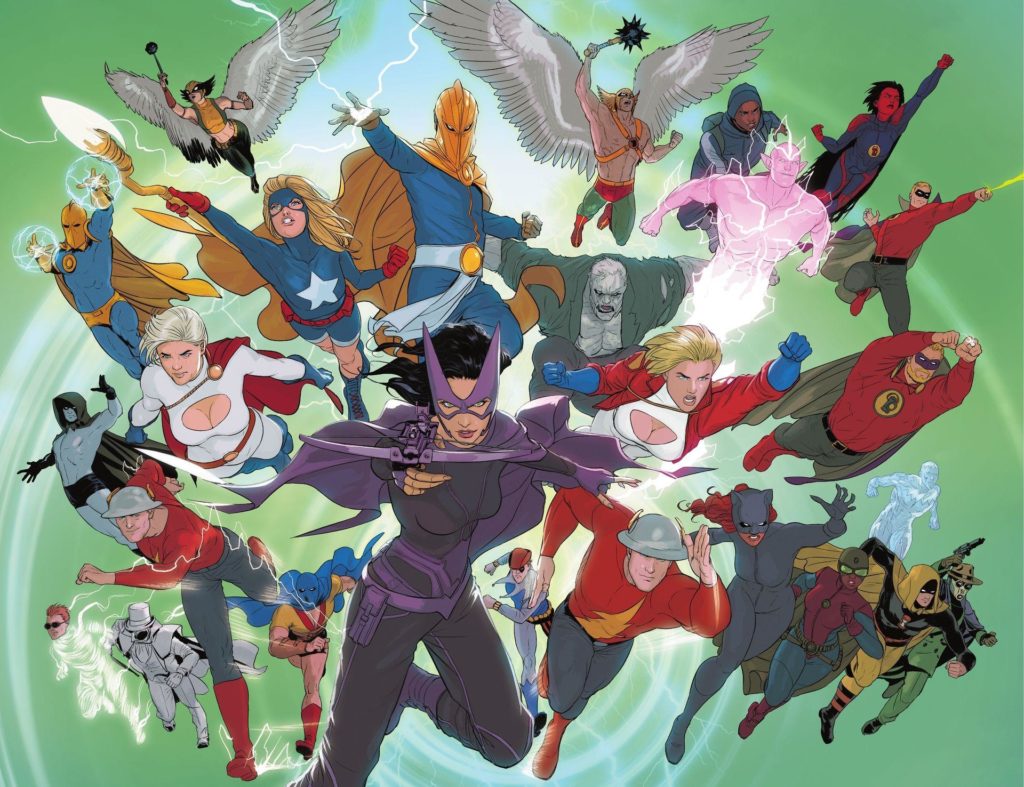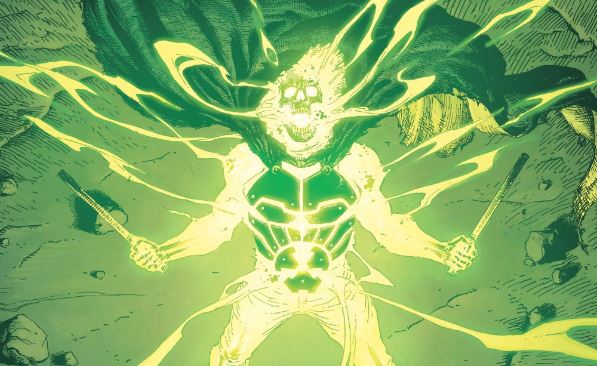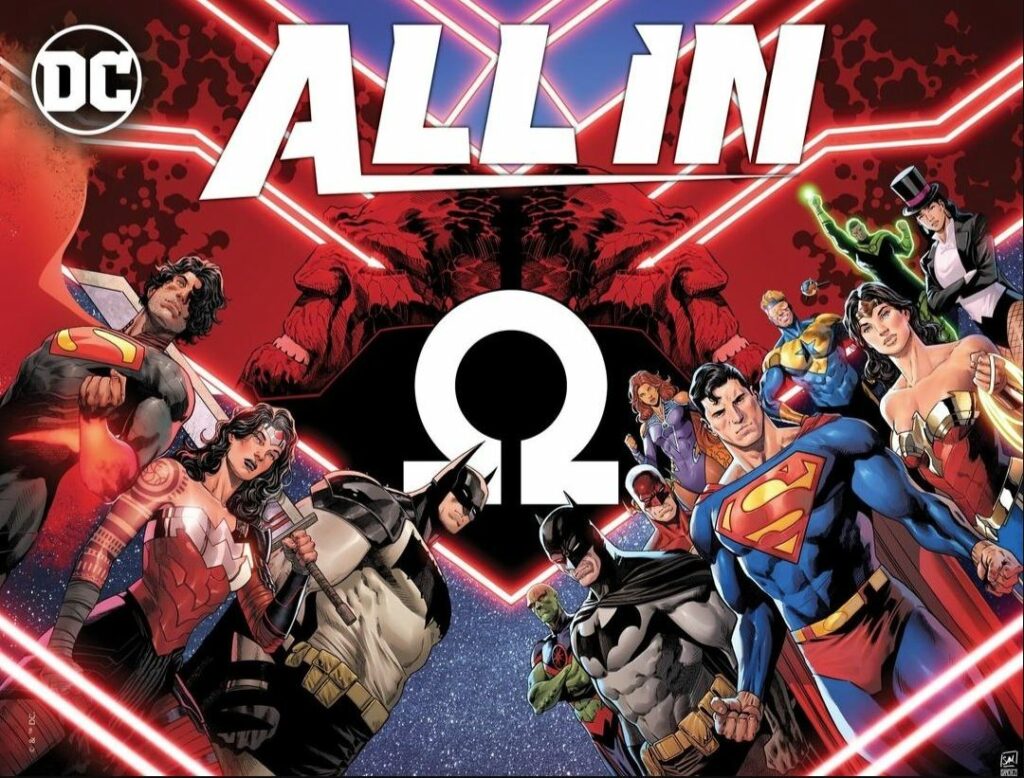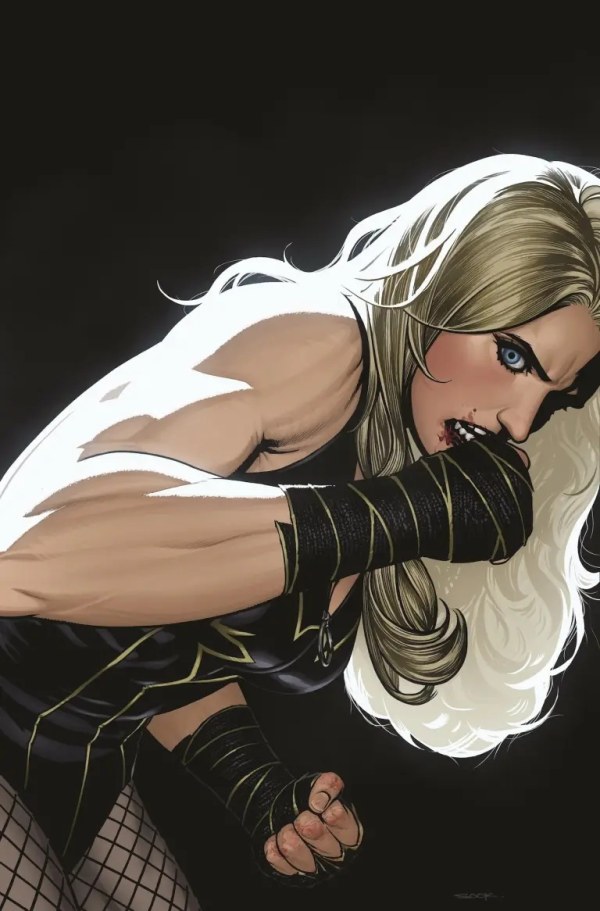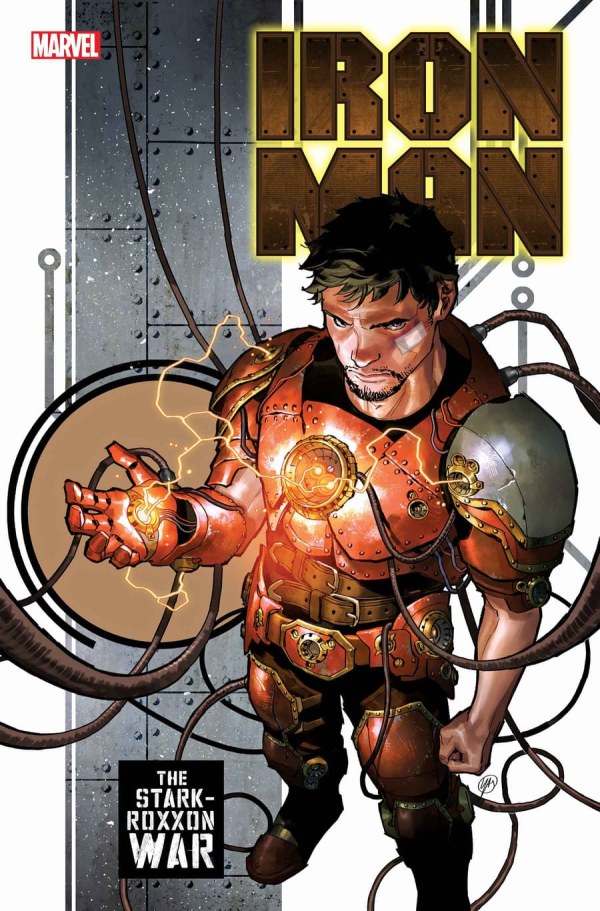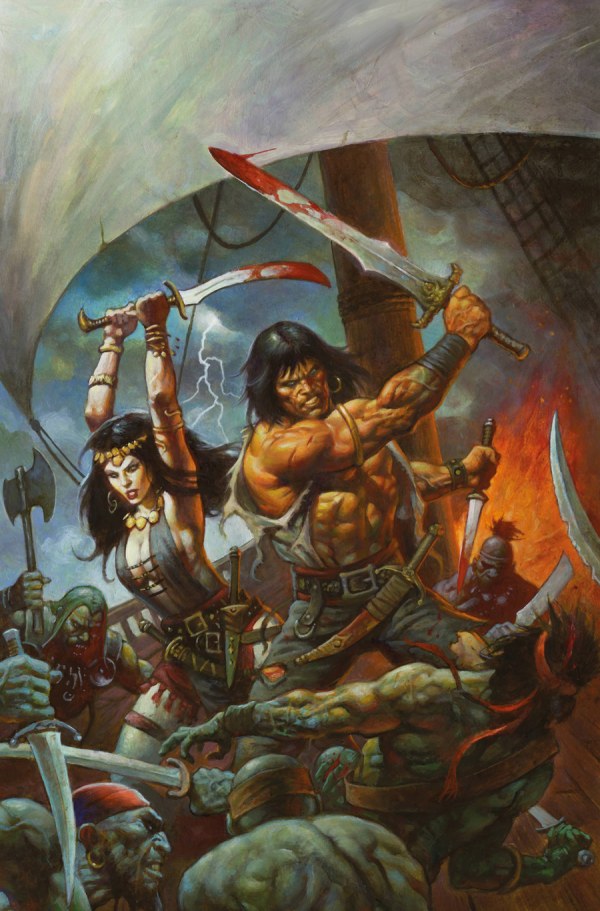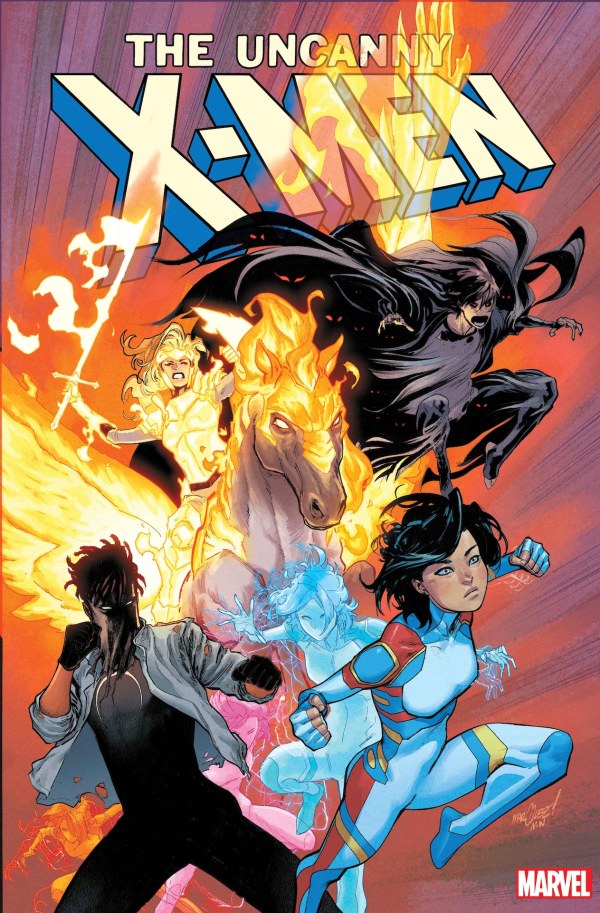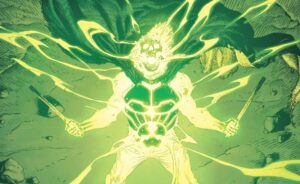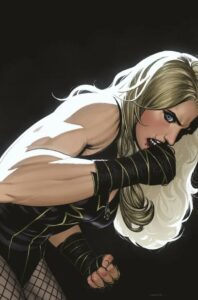When DC Comics entered into their newest initiative after Dark Crisis, the Dawn of DC, there was a lot of excitement for the company’s new approach. Consolidate the line, focus on key characters, create new jumping on points and go from there.
Of course, for many fans, one of the sets of characters they were waiting to see something for (and had been waiting for for quite some time) was the Justice Society of America. Brought back in Scott Snyder’s Justice League, then reappearing in Doomsday Clock, then again in Dark Crisis, the promise of an ongoing series for the team seemed at once so close and yet so far.
Then came the announcement: Geoff Johns was back, in full force, and he was ushering in The New Golden Age.
Table of Contents
What is The New Golden Age?
Spearheaded by Geoff Johns, the New Golden Age was something of a mini-initiative/imprint within the Dawn of DC’s wider publishing slate, focusing on characters from the Justice Society of America.
It kicked off with a one-shot, The New Golden Age #1, and continued into a variety of limited series. Characters from both the original, WW2-era lineup and the more modern incarnation of the JSA were included, as well as members from a future version of the team.
Wait, There’s an Old Golden Age?
For those unaware, the long history of comics is often broken down into a variety of “ages”. Delineated by key events in the comics publishing history, each age is characterised by its own general sense of style, storytelling conventions, key creators and more.
The Golden Age refers to a period of time roughly defined as being between 1938 and 1956, coinciding with the emergence both of Superman and the superhero genre that he and his contemporaries would kickstart in American comicbooks.
During this time, the original versions of characters like The Flash, Green Lantern and Wonder Woman would also make their debuts. Though, in many cases, they aren’t the “main” versions of the characters that people think of today. The original Flash, for example, was Jay Garrick, not the now more mainstream Barry Allen or Wally West. Green Lantern also began with Alan Scott, many years before Hal Jordan or any one of the six other human Green Lanterns would first appear.
In fact, it’s during this Golden Age that the Justice Society of America (featuring Green Lantern and Flash, among others like Hawkman, Doctor Fate and the Atom) would be invented. Hence, with their revival, comes the New Golden Age.
Which Series are Part of The New Golden Age?
As noted above, this initiative officially kicked off with the release of The New Golden Age #1. In it, Geoff Johns – along with a host of brilliant artists, such as Scott Kolins, Jerry Ordway, Todd Nauck and Diego Olortegui – sets up a cross-time mystery that reverberates out into the subsequent Justice Society of America series.
The official synopsis for the issue is as such:
‘From the Justice Society of America to the Legion of Super-Heroes, The New Golden Age will unlock DC’s epic and secret-ridden history of heroism, launching a new group of titles set firmly in the DC Universe. From the 1940s to the 3040s, heroes take on the great evils of their time. But in the aftermath of Flashpoint Beyond, those heroes and villains will have their lives turned upside down. DC’s future…and its past…will never be the same again. But how are Mime and Marionette connected to this? Why are Rip Hunter and the Time Masters the most unlikable heroes in the DC Universe? And who or what is…Nostalgia? Don’t miss the start of the strangest mystery to have ever plagued the DC Universe.’
The New Golden Age #1
From there, two main series emerge: Justice Society of America and Stargirl: The Lost Children. Both are written by Johns, with the former illustrated by Mikel Janin and the latter drawn by Todd Nauck.
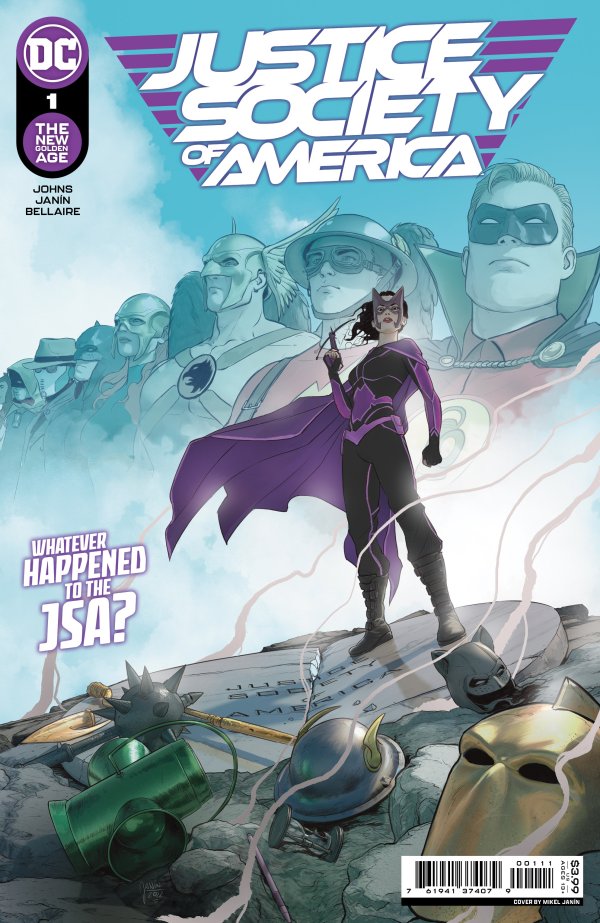
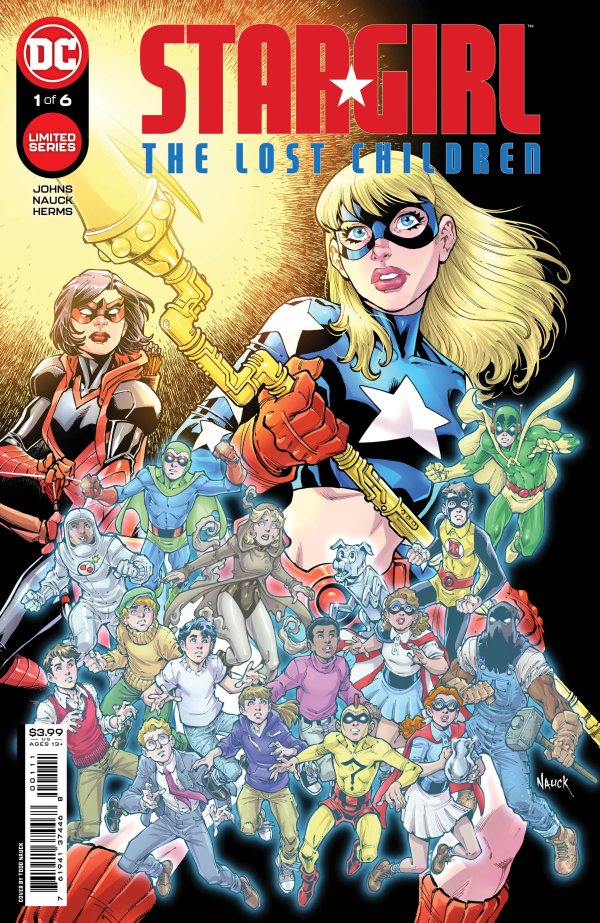
Technically, Stargirl: The Lost Children is also set up by a story in DC’s previous era, the Infinite Frontier as well. Johns and Nauck collaborated on a one-shot entitled Stargirl: Spring Break Special #1 that sets up protagonist Courtney’s current status quo, as well as establishing her friendship with Emiko Queen, the Red Arrow.
During the tenure of these books, three more titles were also announced. All six-issue limited series, the new books focused on the solo adventures of key members of the JSA, set both in the present day and the past of the Second World War.
Those titles are as follows:
- Jay Garrick: The Flash by Jeremy Adams and Diego Olortegui.
- Alan Scott: The Green Lantern by Tim Sheridan and Cian Tormey.
- Wesley Dodds: The Sandman by Robert Venditti and Riley Rossmo.
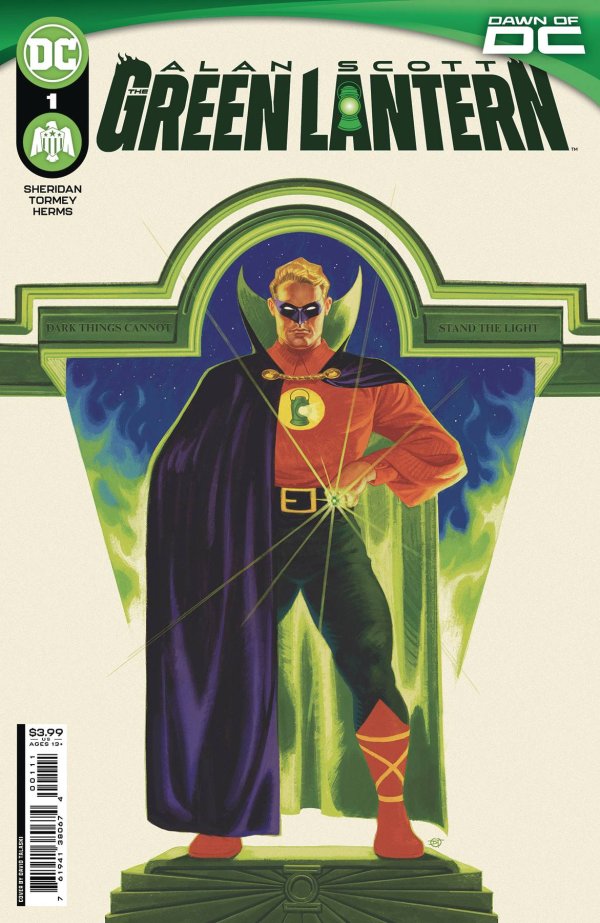
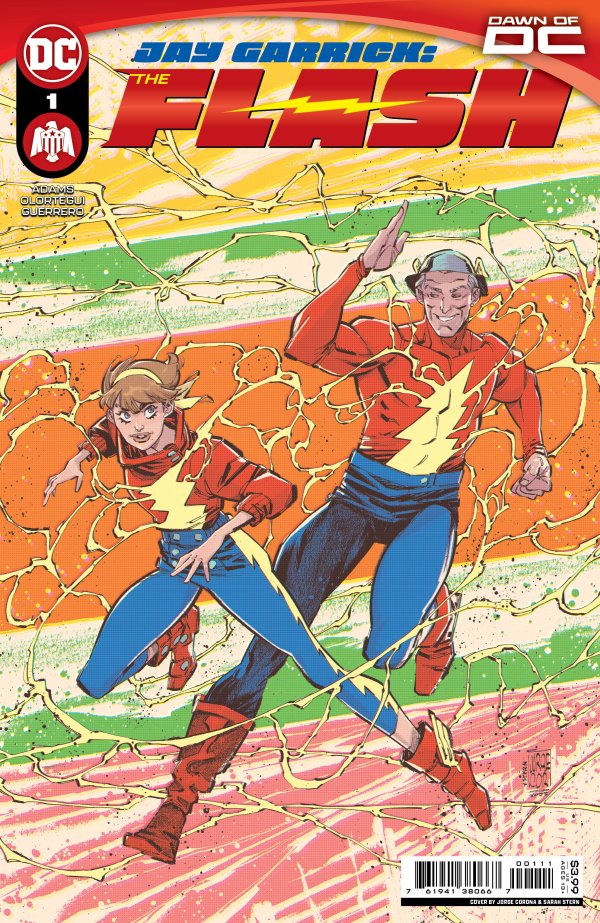
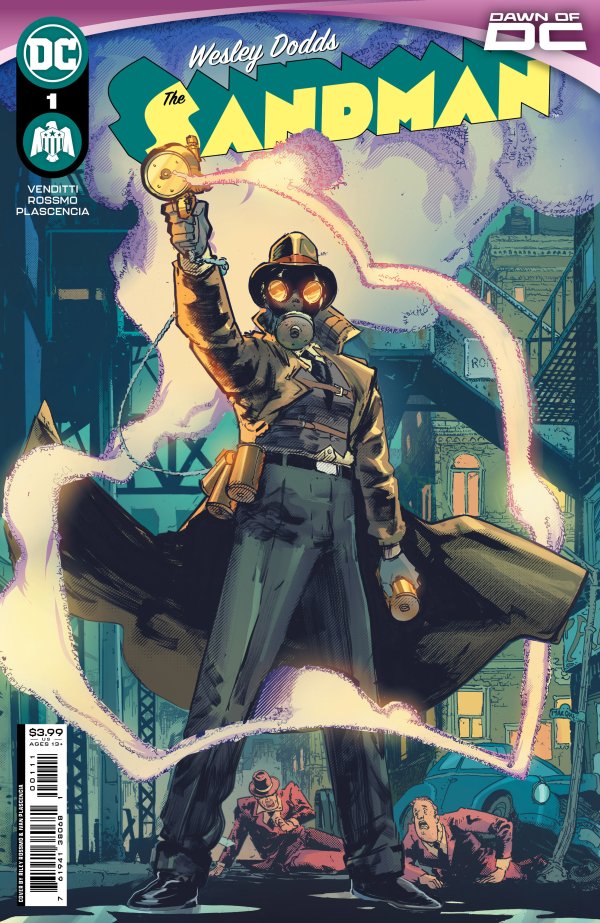
Alan Scott: The Green Lantern
From the ever-talented team of Tim Sheridan (Flashpoint: Beyond, Teen Titans Academy) and Cian Tormey (Superman: Son of Kal-El, Batman: Urban Legends) comes a book that’s as heartbreaking as it is exciting.
Alan Scott: The Green Lantern follows the titular ring-wielding superhero as a blast from the past re-emerges in the present, and throws his life (super and personal) into upheaval. The title deals directly with Alan’s experience as a gay man in the 1930-40s, his time in the navy prior to being the Green Lantern, and the challenges he faces navigating life at that point in time. It also features bold superhero action, incredibly real character dynamics, and more than one magic-imbued lantern…
I’ve sung this books praises on more than one occassion, and it deserves it. It does what so many great superhero stories do by marrying grand, colourful tales of heroism with heartfelt stories about the human will to thrive in the face of adversity.
Jay Garrick: The Flash
Second in the New Golden Age’s block of solo series is Jay Garrick: The Flash, a book that quickly and confidently joins the ranks of Flash stories that truly captures what it means to be the fatest man (or girl) alive.
I make that distinction, because this series focuses in on Jay’s relationship with his long-lost daughter Judy – one of the Lost Children rediscovered in Johns’ and Nauck’s Stargirl comic.
Longtime Jay Garrick fans will know that he and his wife have long struggled with the fact that they could never have children, leading to Jay’s ultimate role as a surrogate father (and grandfather) to many in the extended Flash family. As one might imagine, the sudden appearance of Judy throws the Garrick’s through a loop, and turns their entire life upside down. Couple that with the return of a forgotten supervillain intent on ruining this newfound happiness, and you’ve got the recipe for a heartwarming adventure comic built on the power of fatherhood.
Wesley Dodds: The Sandman
Before Wesley Dodds met the Justice Society he was a peaceful man, developing chemical compounds to put people to sleep in an effort to bring an end to the senseless violence of wartime America. However, even the noblest goals can have dire consequences, as Wesley soon discovers when a nefarious player steals his scientific journals with the intent of using his discoveries for lethal means.
Wesley Dodds: The Sandman is a stunning, stylish addition to the New Golden Age that delivers on a great noir mystery and incredibly compelling characters. Venditti’s grasp on the period, and his ability to layer poignant themes over strong characterisation is matched only by Rossmo’s continually inventive command of the visual form.
New Golden Age Reading Order
Due to the nature of the initiative, and the fact that all of these series operate at various points in time, a truly strict reading order is somewhat strange to compile – and, frankly, not very helpful.
However, if you were intent on reading everything in some form of optimal order, the following breakdown combines the release order of each series with how they build upon and intersect with one another:
- Stargirl: Spring Break Special #1
- The New Golden Age #1
- Stargirl: The Lost Children #1-6
- Justice Society of America #1-6
- Alan Scott: The Green Lantern #1-6
- Wesley Dodds: The Sandman #1-6
- Jay Garrick: The Flash #1-6
- Justice Society of America #7-12
Reading the series in this order preserves any moments that build upon each book (i.e. the setup from The New Golden Age #1 feeding directly in JSA) while also accounting for some of the in-universe settings and real-world delays.
The solo series (Jay Garrick, Alan Scott, Wesley Dodds) can technically be read at any time, though I’d recommend reading them after the Stargirl and the first arc of Justice Society of America if you want to see the maximum impact of certain plot developments in those titles, and how they echo out into the others.
If you enjoyed this Making Comics Simple guide, please consider signing up to our newsletter! We publish informational articles like this on comics frequently, and we also produce highly detailed critical essays on the very best of what comics have to offer.


